Feather dust, a natural byproduct of avian grooming and preening, represents a significant yet often overlooked aspect of parrot ownership. This fine, powdery substance, composed of keratin particles from disintegrating down feathers, serves essential functions for the bird itself. It waterproofs the plumage, aids in temperature regulation, and contributes to the overall health of the skin and feathers. However, within the enclosed environment of a human home, this same dust can become a potent airborne irritant, posing a considerable challenge to indoor air quality and, by extension, the respiratory health of both the parrot and its human companions. The management of this particulate matter is not merely a matter of household cleanliness; it is a critical component of responsible avian husbandry, demanding a proactive and informed approach from every caretaker.
The production of feather dust is a continuous and entirely normal physiological process. Parrots, particularly species like Cockatoos, African Greys, and Cockatiels, which are known as "powder down" birds, possess specialized feathers that grow continuously. The tips of these feathers disintegrate into a fine, talc-like powder. During preening, the bird distributes this powder throughout its plumage to condition it. Consequently, a healthy, well-groomed parrot will naturally produce a steady stream of this dust. The volume can vary dramatically between species, with a Macaw producing a coarser, more noticeable dander compared to the incredibly fine, almost invisible cloud generated by an African Grey. This inherent biological fact means that elimination is impossible; the goal for owners must shift from prevention to meticulous management and mitigation.
For the human respiratory system, this persistent cloud of microscopic particles is far from benign. When inhaled, the keratin-based dust can act as a potent allergen and a physical irritant. For individuals with pre-existing conditions such as asthma, allergies, or hypersensitivity pneumonitis (a condition sometimes nicknamed "bird fancier's lung"), exposure can trigger severe reactions, including wheezing, coughing, shortness of breath, and chest tightness. Even in otherwise healthy individuals, chronic exposure to high concentrations of feather dust can lead to respiratory discomfort, persistent sinus congestion, and itchy, watery eyes. The risk is compounded in modern, energy-efficient homes that are designed to be tightly sealed, effectively trapping the dust indoors and allowing concentrations to build to problematic levels over time.
Perhaps even more critically, the birds themselves are exceptionally vulnerable to poor air quality. Their respiratory systems are uniquely efficient and delicate, designed for high-altitude flight and oxygen exchange. This very efficiency makes them hypersensitive to airborne pollutants. Inhalation of their own concentrated dust, especially when combined with other environmental contaminants like aerosol sprays, smoke, or fumes from non-stick cookware (which can be fatal), can lead to severe avian respiratory distress. Symptoms in parrots can be subtle until a condition is advanced, including slight tail bobbing, increased respiratory rate, nasal discharge, sneezing, and a loss of voice or change in vocalization. Chronic exposure contributes to lifelong stress on their respiratory tracts, predisposing them to infections and chronic inflammatory conditions that can significantly shorten their lifespans.
Therefore, a comprehensive and multi-faceted strategy for dust management is non-negotiable for the welfare of all household inhabitants. The cornerstone of this strategy is undoubtedly superior ventilation. Simply opening windows for cross-ventilation for several hours a day can dramatically reduce particulate concentration. For owners in climates or situations where this is not feasible, investing in high-quality air purification systems is paramount. These devices, equipped with True HEPA filters, are specifically designed to capture ultrafine particles like feather dust. The unit should be appropriately sized for the room where the bird spends most of its time and run continuously on its highest setting. Placement is key; positioning the purifier near the bird's cage, but not so close as to create a stressful draft, will allow it to capture dust at the source.
Beyond air purification, the owner's grooming regimen plays a direct role in dust control. Regular misting or bathing of the parrot is one of the most effective methods available. A gentle spray with lukewarm water several times a week encourages preening and helps to dampen the dust particles, causing them to settle on surfaces rather than remain suspended in the air. Many parrots also enjoy showering with their owners or bathing in a shallow dish. This practice not only manages dust but also promotes excellent skin and feather health. Furthermore, strategic cage placement and cleaning are vital. Avoid placing the cage in dead-air zones like corners or small, enclosed rooms. Instead, opt for well-ventilated areas, while always ensuring the bird is safe from drafts, direct sunlight, and kitchen fumes.
The cleaning routine itself must adapt to the challenge of feather dust. Dry-dusting and sweeping are counterproductive, as they simply redistribute the settled powder back into the air. Instead, a damp cloth should be used for wiping down all surfaces around the cage—shelves, window sills, electronics, and furniture. Vacuuming is essential, but not all vacuums are created equal. Standard models often exhaust filtered air that still contains the finest, most breathable particles. A vacuum cleaner equipped with a certified HEPA filtration system is a worthy investment, as it traps these microparticles inside the machine. Frequent washing of cage grates, trays, and any fabric items like cage covers or perches is also crucial to prevent dust from accumulating and being stirred up by the bird's activities.
While managing the environment is critical, supporting the parrot's internal health can also influence dust production indirectly. A nutritionally complete diet, rich in appropriate vitamins and omega fatty acids, promotes stronger, healthier feathers and skin, which can potentially reduce excessive powder. Dehydration, on the other hand, can lead to dry, flaky skin and increased dust. Providing constant access to fresh water and encouraging bathing are therefore dual-purpose activities. It is also imperative for owners to be vigilant. A sudden, dramatic increase in dust production can sometimes be a sign of an underlying health issue, such as French molt, Psittacine Beak and Feather Disease (PBFD), or skin infections. Any abrupt change warrants a consultation with an avian veterinarian to rule out pathology.
In conclusion, living harmoniously with a parrot requires a respectful acknowledgment of its natural biology, including the inevitable production of feather dust. This substance is not a flaw but a feature of these magnificent birds. The responsibility lies with the owner to implement a diligent and layered management plan. This involves a commitment to superior air filtration, intelligent ventilation, a thoughtful cleaning protocol, and proactive avian grooming and healthcare. By taking these steps, caretakers can significantly mitigate the impact of feather dust on the respiratory health of their families and, most importantly, on their feathered companions themselves. The reward is a clearer, healthier atmosphere for all, ensuring that the joy of parrot ownership is not clouded by preventable physical discomfort.
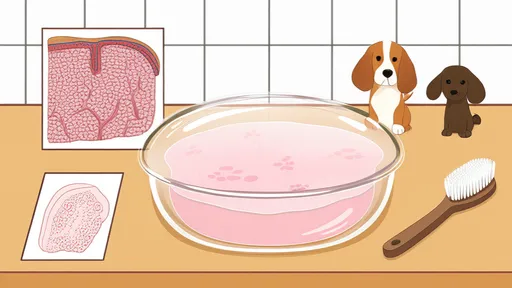
By /Aug 20, 2025
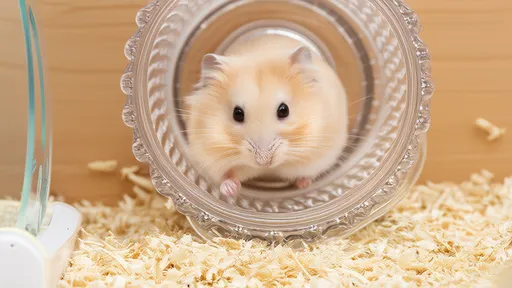
By /Aug 20, 2025

By /Aug 20, 2025
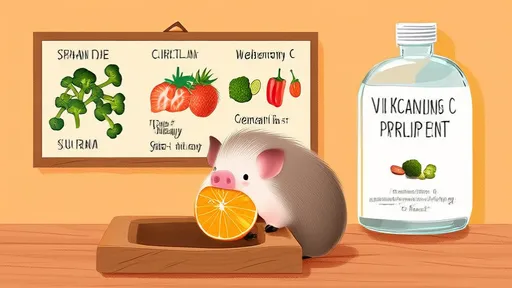
By /Aug 20, 2025
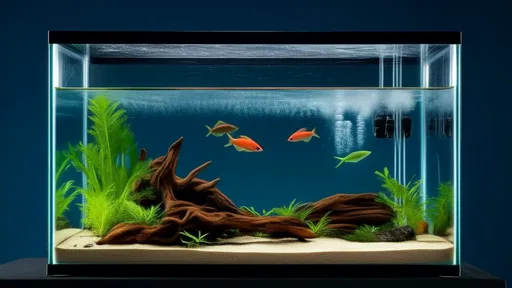
By /Aug 20, 2025
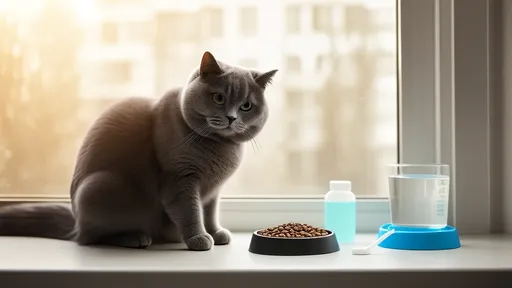
By /Aug 20, 2025

By /Aug 20, 2025
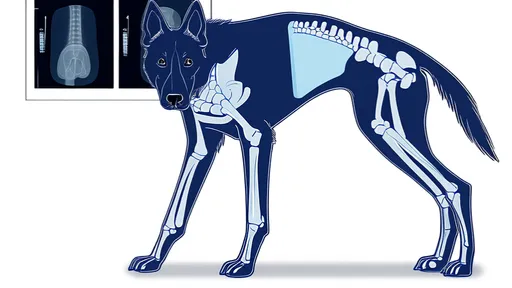
By /Aug 20, 2025
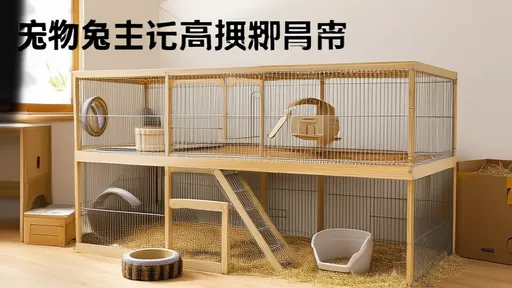
By /Aug 20, 2025
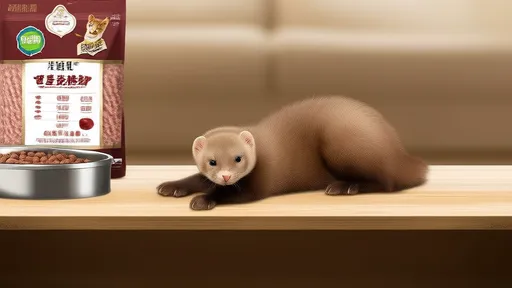
By /Aug 20, 2025

By /Aug 20, 2025
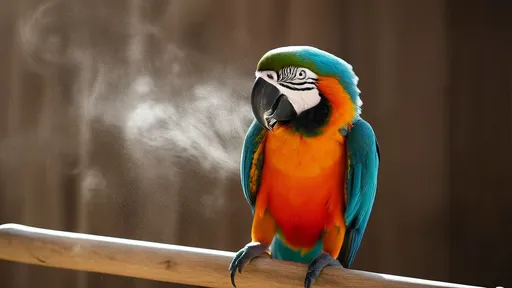
By /Aug 20, 2025
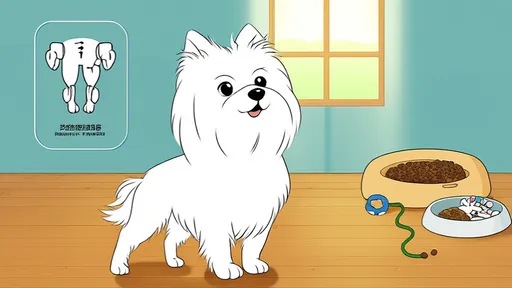
By /Aug 20, 2025
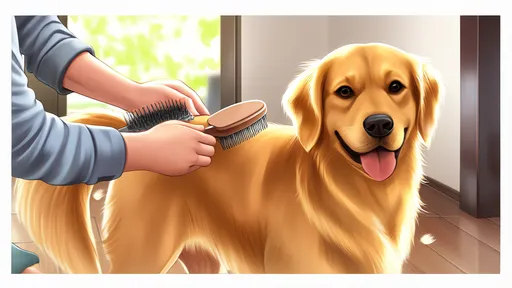
By /Aug 20, 2025

By /Aug 20, 2025
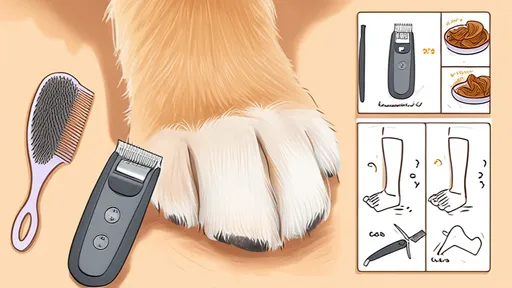
By /Aug 20, 2025

By /Aug 20, 2025

By /Aug 20, 2025

By /Aug 20, 2025
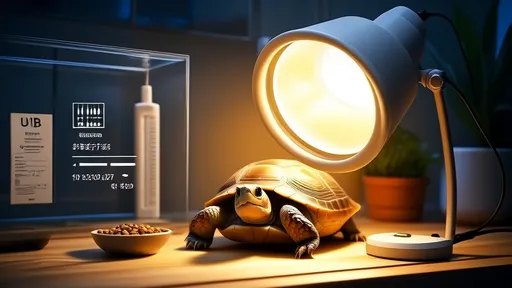
By /Aug 20, 2025